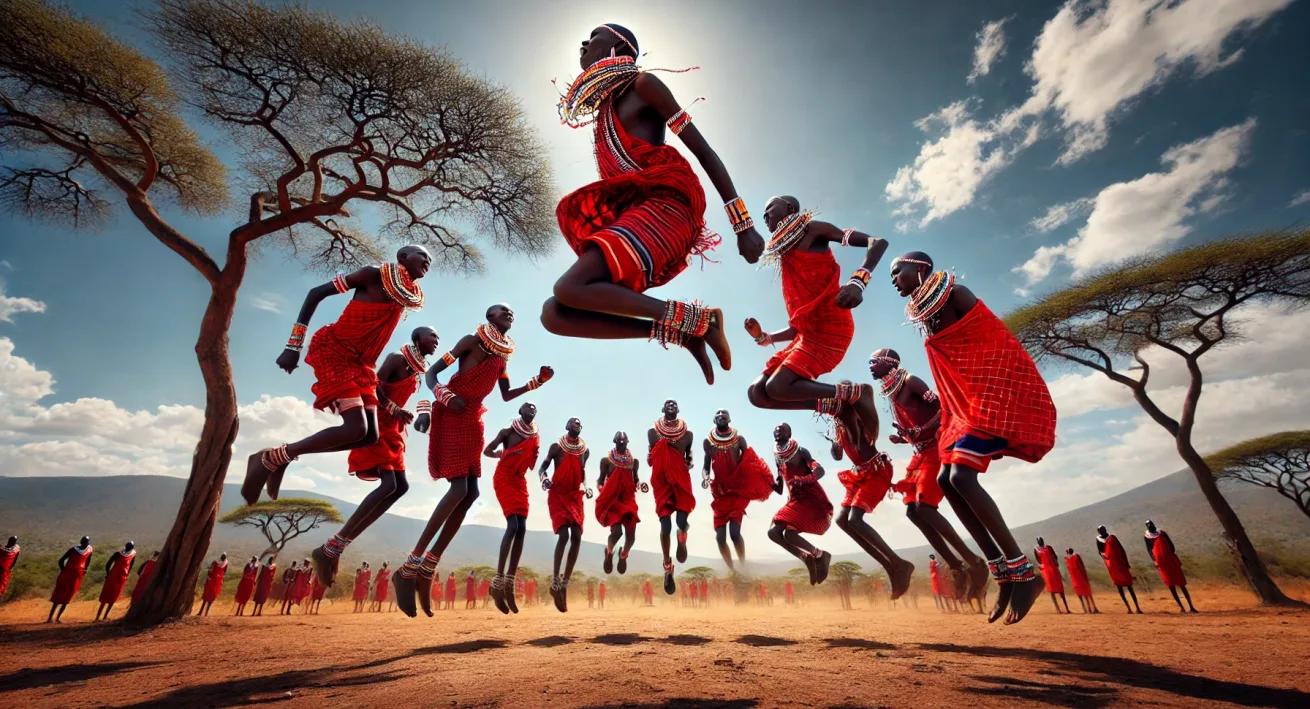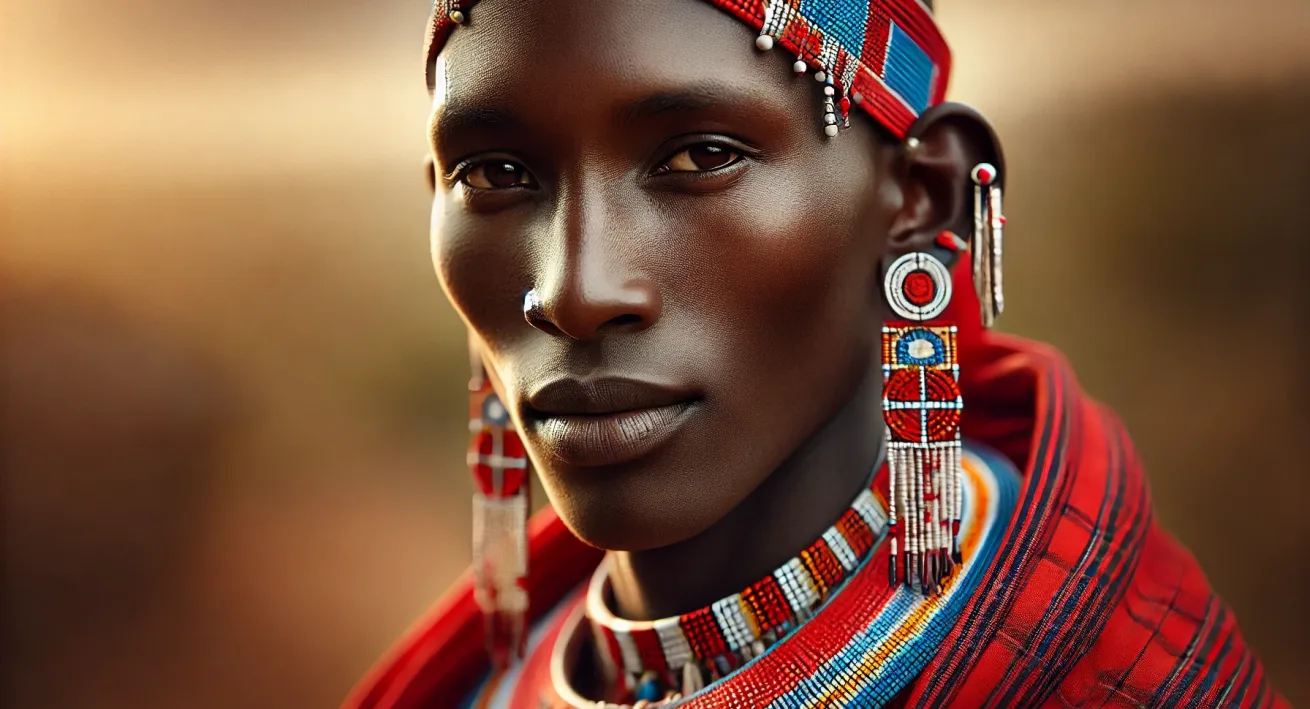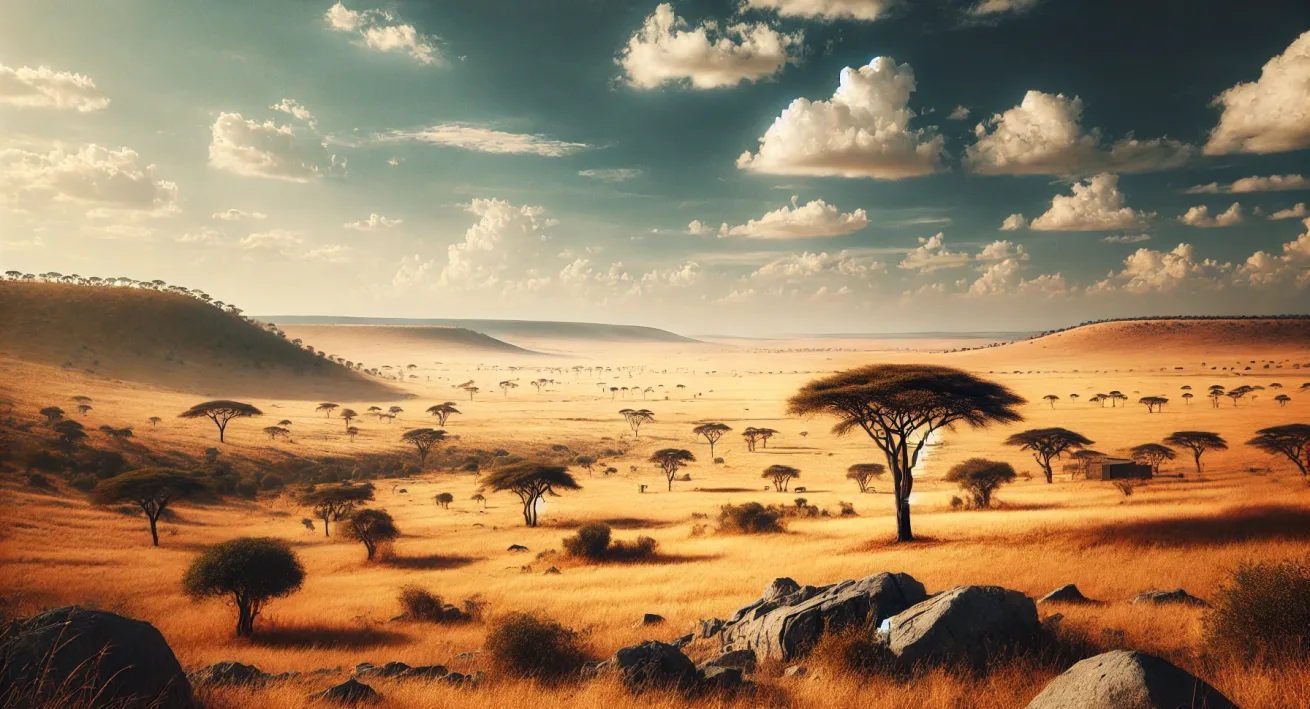The Maasai people, indigenous to Kenya and Tanzania, are renowned for their rich cultural heritage and traditions, one of the most iconic being the Maasai jumping dance, known locally as “Adumu” or “Aigus.” This captivating dance is not just a spectacle of physical prowess but also a deeply rooted cultural ritual that symbolizes strength, unity, and community pride. As one of the most recognizable aspects of Maasai culture, the jumping dance has become a symbol of the Maasai’s enduring traditions in a rapidly changing world.



